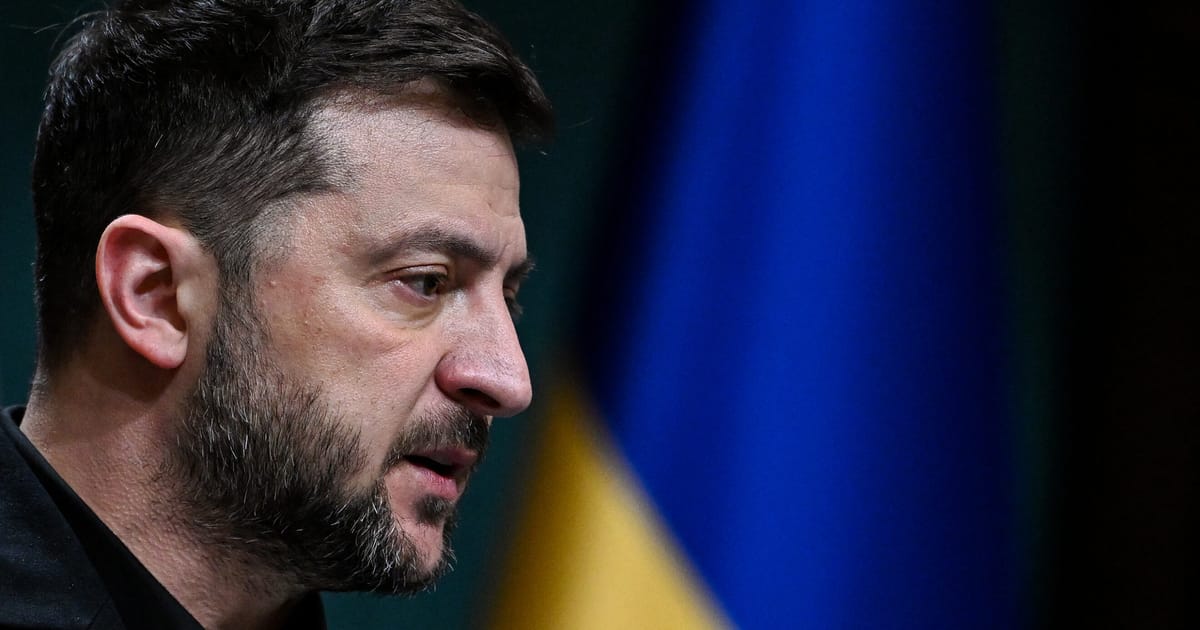No breakthrough on assets
Talks are now intensifying among officials in the European Commission and EU governments, especially the Belgians, but there has as yet been no breakthrough, according to multiple officials granted anonymity, like others, to speak candidly about sensitive matters.
Some diplomats hope that the pressure from Trump will force Belgium and those other EU countries with reservations on the frozen assets plan to get on board. One idea that hasn’t been ruled out is to make use of some of the assets alongside joint EU bonds or potentially direct financial contributions from EU governments, officials said.
But some EU diplomats fear the whole idea of a reparations loan to Ukraine using the frozen assets will crumble if the final peace blueprint contains a reference to using those same funds.
The initial blueprint suggested using the assets in an investment drive in Ukraine, with half the proceeds going to the U.S., a concept Europeans rejected as “scandalous.” Yet once sanctions on Russia are eventually lifted, Euroclear — the Belgium-based financial depository holding the immobilized assets — could end up having to wire the money back to Moscow.
This could leave EU taxpayers on the hook to repay the cash, a scenario that is likely to weigh heavily on EU governments as they consider whether to support the loan idea in the weeks ahead.
Then there’s the question of keeping the peace. Earlier this year, French President Emmanuel Macron and British Prime Minister Keir Starmer led efforts to assemble support for an international peacekeeping force from volunteer countries who would form a “coalition of the willing.” A year earlier, Macron even floated the idea of “boots on the ground” before the conflict is over.
